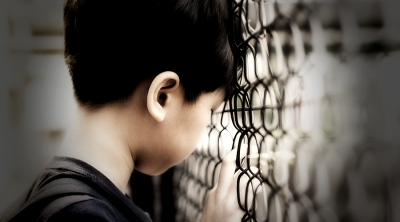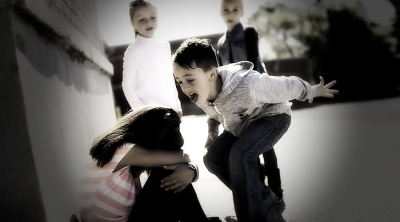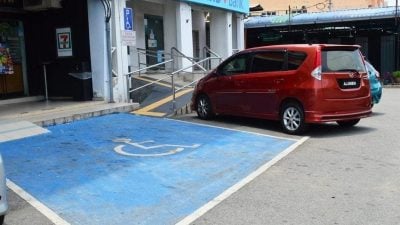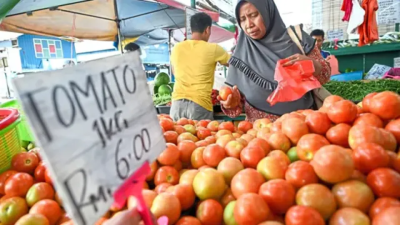The last few weeks have been challenging for many of us as parents, teachers, and a society.
There have been repeated distressing narratives involving children and violent events. Emotions are running high, and the blame-shifting has intensified because cognitively and morally, these events are extremely hard for us to accept.
However, it’s important to take a moment to pause and remember that affected children and families are suffering from losses we can hardly fathom.
“Viralizing” such events is not beneficial and can be cruel reminders for affected family members who are in desperate need of societal empathy.
As a society, we have the responsibility and accountability towards our children and thus the need to understand and reflect deeply upon these horrific events, demand fair investigations and further exploration of the extent of similar issues affecting all other children, and seek a collective resolution to ensure the well-being and safety of all our children, regardless of their background, disability, and conditions.
Examining the general comments and responses of many on social media platforms, it is evident that much of the blame is directed at schools and the country’s education system.
That may not be a sufficient a fair judgment and risks being distracted from individual contexts and the actual underlying problem.
We must understand the multiple factors involved before we can move towards a more targeted solution to prevent violent tragedies involving children from ever happening again.
In general, violent acts committed by children are a complex and difficult matter to navigate, with multiple factors and conditions setting in before leading to the tragedy and the incarceration with or without rehabilitation of these “child perpetrators.”
Children learn from what they see and experience at home and in their environment.
One possible factor is that studies have shown that children who experience Adverse Childhood Experiences from various forms of abuse, neglect, and living in violent communities, and those with challenging household situations, are at a greater risk of committing violent acts.
These life experiences include severe physical punishments, verbal insults, humiliation, and threats that may cause severe distress and harm to a child’s self-worth.
Adverse childhood experiences may also involve exposing a child to inappropriate content or sexual acts.
Neglect is another form—from failing to provide a child with basic physical needs like food, shelter, or clothing, or withholding emotional support, love, and affection.
Challenging household situations include being a witness to physical abuse, substance abuse, mental illness in the household, parental divorce, or having an incarcerated family member.
All of these events cause extreme distress and affect a child emotionally, mentally, and physically with far-reaching consequences and greater tendencies towards harmful and disruptive behaviors.
Parents and all adults dealing with children must be aware of these Adverse Childhood Experiences and take conscious steps to shield them from these experiences.
Parents are the closest role models for the children and thus bear the heaviest responsibility to inculcate positive behaviors, values, and empathy in children.
However, parenting skills are not inherent and need to be learnt and supported.
Even with decent parenting skills and a positive home environment, spending adequate time with children and providing them the physical and emotional support they need has become a challenge today’s fast-moving world, where most households have working parents struggling to meet household needs.
Time spent with their children can also be sidelined by distractions like the internet or other priorities.
Since the Covid pandemic, internet exposure has increased considerably, and in itself, poses an additional risk of online violence exposure that can influence childhood behaviors.
Societal expectations of specific gender roles and behavior, and the toxic notions of respect and the acceptance of gender violence, are much-needed conversations in the public sphere.
Schools are a second home for children and play a pivotal role in their cognitive and psychosocial development.
By educating children on the right and healthy behaviors, schools can promote safety, motivation, relationships, and support for positive outcomes.
Overemphasizing academic excellence risks excluding children who may not be performance-oriented and can cause unwarranted stress, disinterest in learning, behavioral issues, and even school refusal.
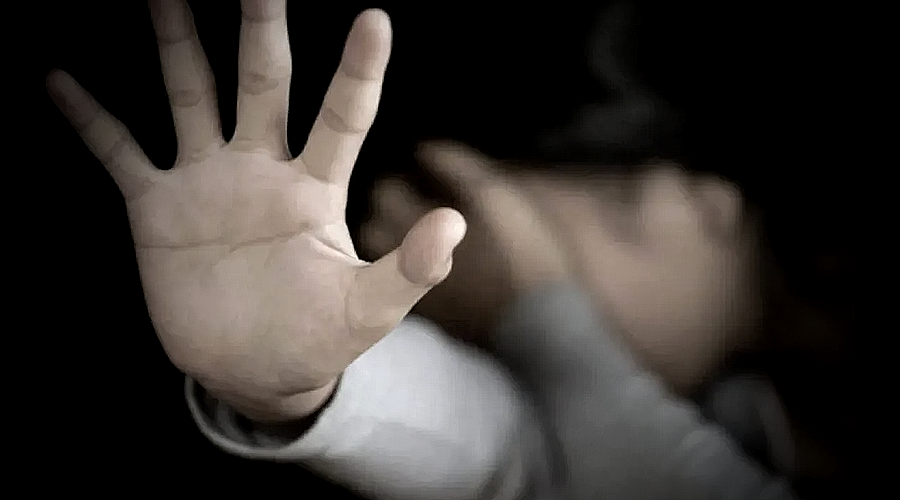
It is also timely to revisit and examine the overall impact of certain subjects, like moral studies, in our national school curriculum.
Has the study of morals in schools had any impact on the lives of Malaysian children?
The Ministry of Education must make an honest move to reassess the outcomes of these compulsory subjects in the school curriculum and move forward without prejudice or bias to rectify any discrepancies.
On the other hand, some have suggested schools reinstitute corporal punishment to “discipline” children with problematic behaviors; however, evidence shows corporal punishment harms children’s physical and mental health, increases behavioral problems over time, and has no positive outcomes.
We need to continue investing in safeguarding children and keeping them away from significant harms including self-harm by improving school-community connectedness. The appropriate use of technology and trained security staff in some schools are good examples.
Regularly engaging families, parents and children is vital for the effective planning and implementation of these much needed safeguarding measures, and it promotes a more trusting relationship.
It is time schools establish clear policies and measures to prevent bullying and violence, and parents, ministries, and communities should support these efforts.
Authorities must create an environment whereby teachers are supported, and children and teens have a sense of belonging, inclusiveness and that their voices are heard and their distress attended.
Teenagers are in their critical years of growth, marked with more psychosocial and emotional issues, and ultimately need our attention, guidance, and even protection from themselves.
Malaysia ratified the Convention on the Rights of the Child (CRC), which is the most ratified international human rights treaty in 1995.
By virtue of their age and developmental immaturity, as well as various conditions or disabilities, children have an inherent need for a special kind of support and protection (CRC- Article 6:2).
Children also have rights to participate in all decisions made on their behalf (CRC Article 12.1).
Enhancing the awareness of the rights of children in Malaysia must become a national agenda to equip our children with a “voice” and a seat at the table, and to ensure that all children are equally protected and nurtured by the society at large.
Policy makers have a huge role to play to keep our children safe at home, at school, and everywhere.
Efforts must be taken to ensure that there is a multiagency collaboration involving various ministries like education, health, women & children welfare, and environment to look at possible solutions to bridging some of the gaps in systems and knowledge as mentioned above.
The multifaceted needs and interests of children and teenagers must be well understood and met whole-heartedly.
And no child or family should ever go through such events again.
(Dato’ Dr Amar-Singh HSS, Consultant Pediatrician, Child & Disability Activist; Dr Sheila Gopal Krishnan, Consultant Pediatrician (General Pediatrics & Child Health) & Senior Lecturer MAHSA University; Dr Tan Hui Siu, Consultant Pediatrician & Bioethicist; Dr N.Thiyagar, Pediatrician & Adolescent Medicine Specialist.)
ADVERTISEMENT
ADVERTISEMENT








